Clinical studies suggest the therapeutic potential of psychedelics, including ayahuasca, DMT, psilocybin, and LSD, in stress-related disorders. These substan…
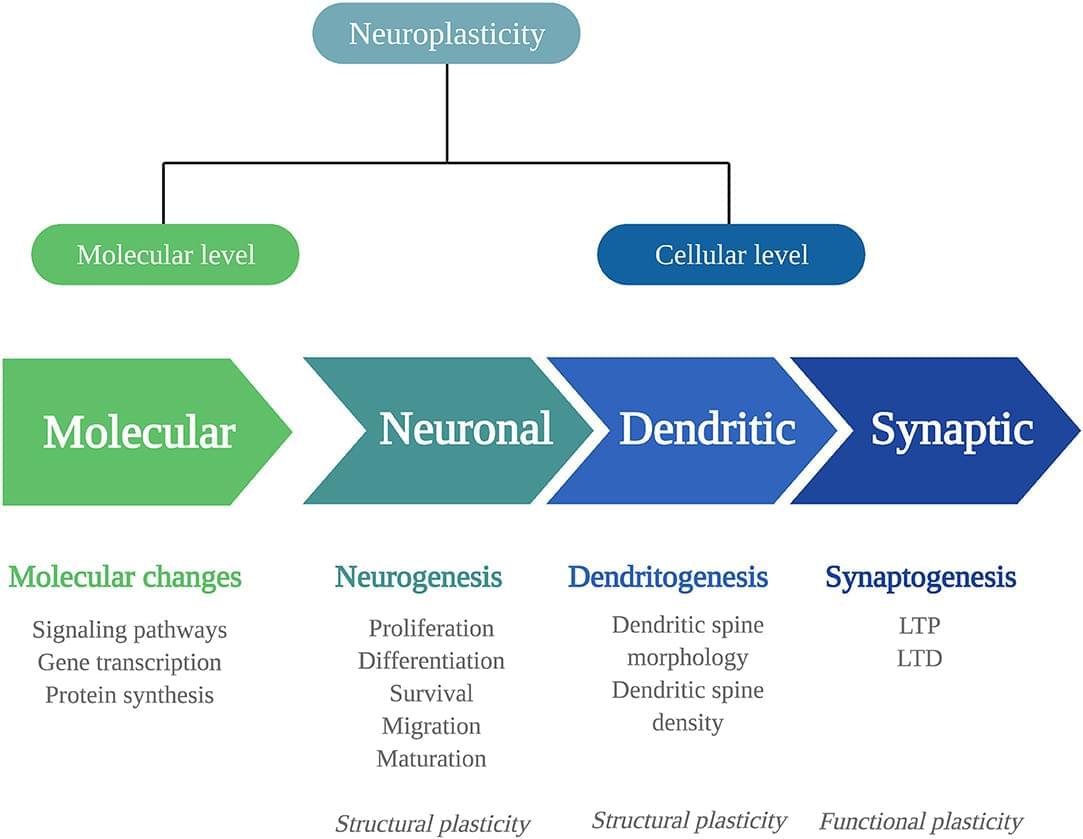

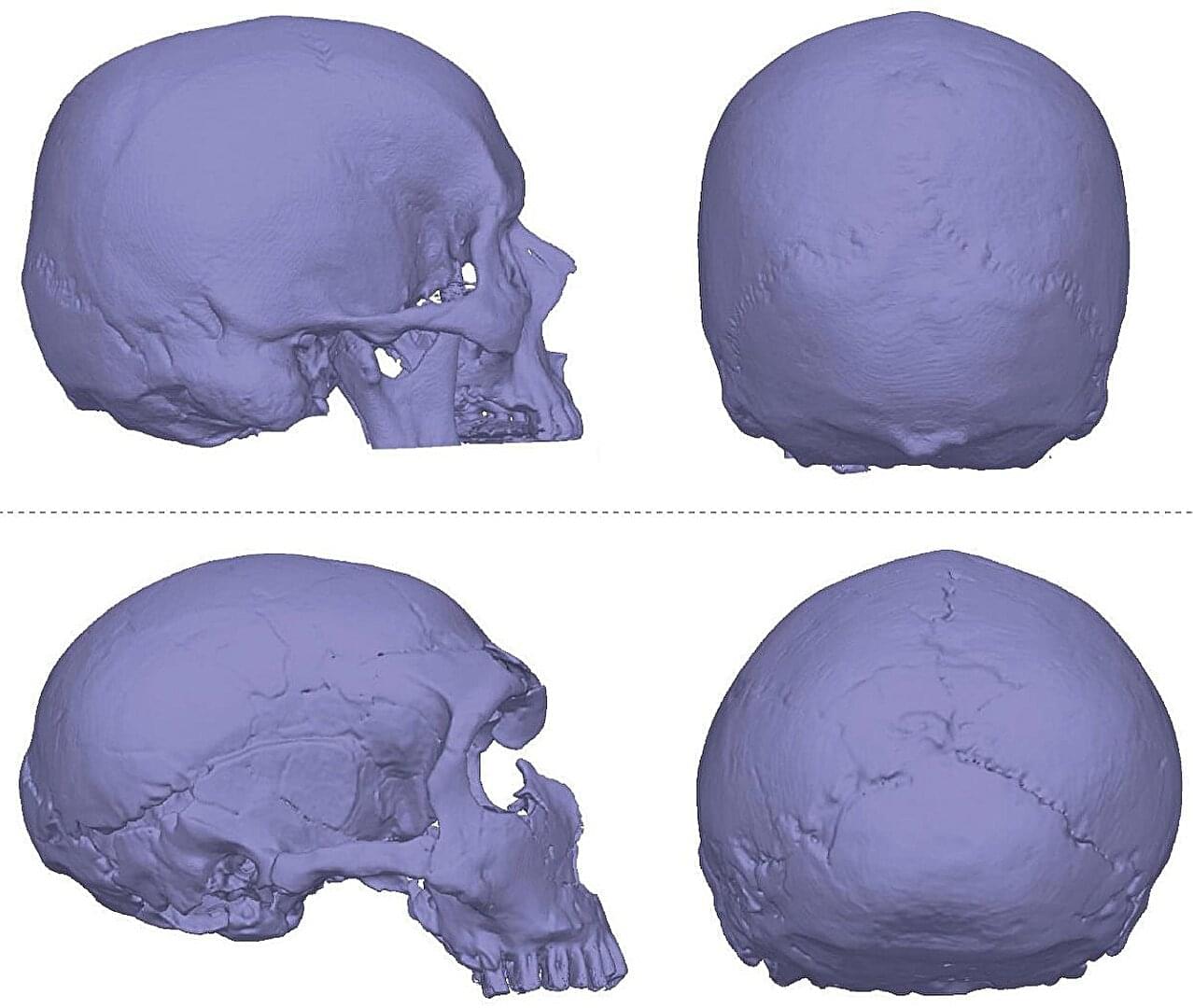
If you regularly experience headaches, dizziness, balance problems and blurred vision, our Neanderthal cousins could be to blame.
These are common symptoms of Chiari malformations, structural defects in which the lower part of the brain extends into the spinal cord. People with this condition have skulls shaped like those of our ancient relatives, leading to a hypothesis (known as the Archaic Homo Introgression Hypothesis) that it may be a genetic legacy from interbreeding between modern humans and Neanderthals.
To investigate this, Kimberly Plomp of the University of the Philippines Diliman and colleagues zeroed in on Chiari 1, the mildest form of the condition, which affects around 1 in 100 people.
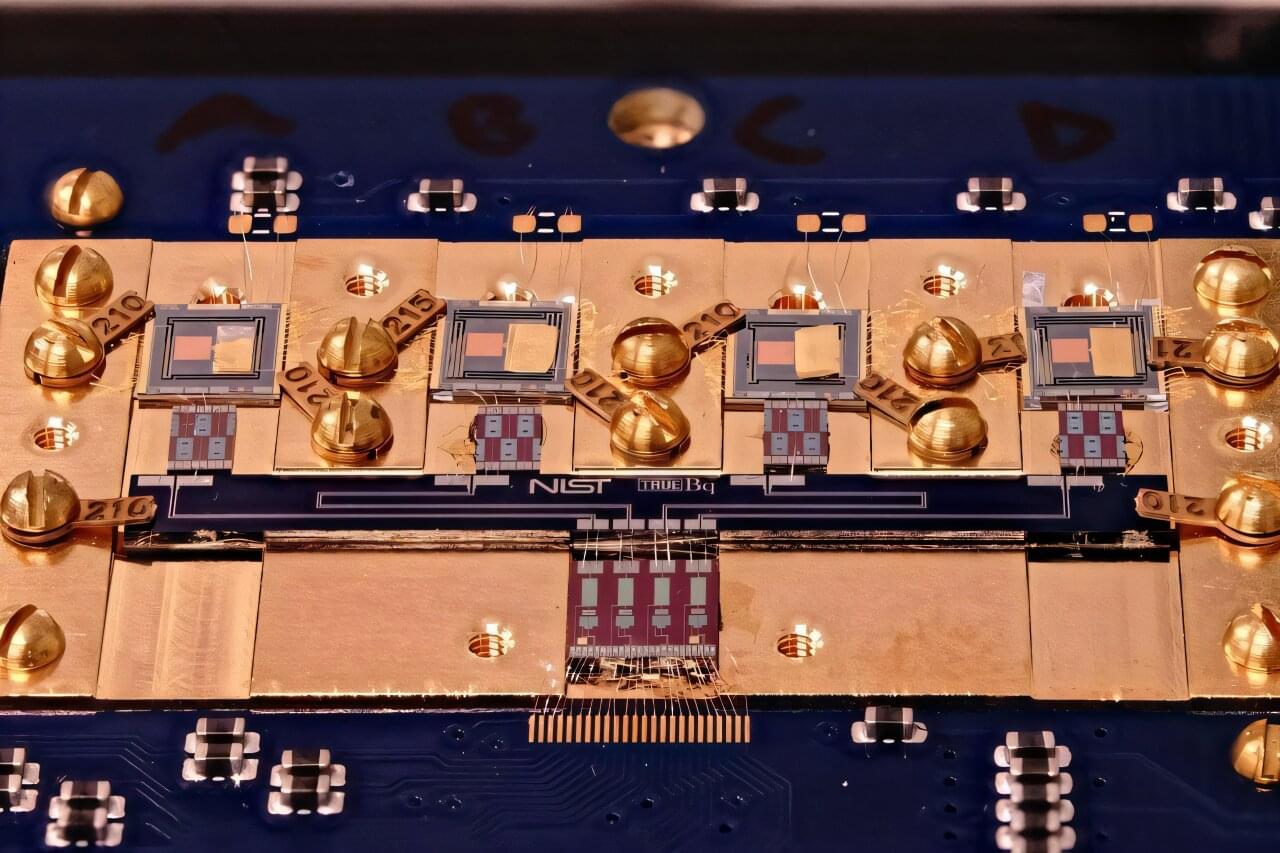
Researchers at the National Institute of Standards and Technology (NIST) have demonstrated a new and faster method for detecting and measuring the radioactivity of minuscule amounts of radioactive material. The innovative technique, known as cryogenic decay energy spectrometry (DES), could have far-reaching impacts, from improving cancer treatments to ensuring the safety of nuclear waste cleanup.
The NIST team has published its results in Metrologia.
The key to this novel technique is a transition-edge sensor (TES), a high-tech device widely used to measure radiation signatures. TES provides a revolutionary capability to record individual radioactive decay events, in which an unstable atom releases one or more particles. By building up data from many individual decays, researchers can then identify which unstable atoms, known as radionuclides, produce the events.
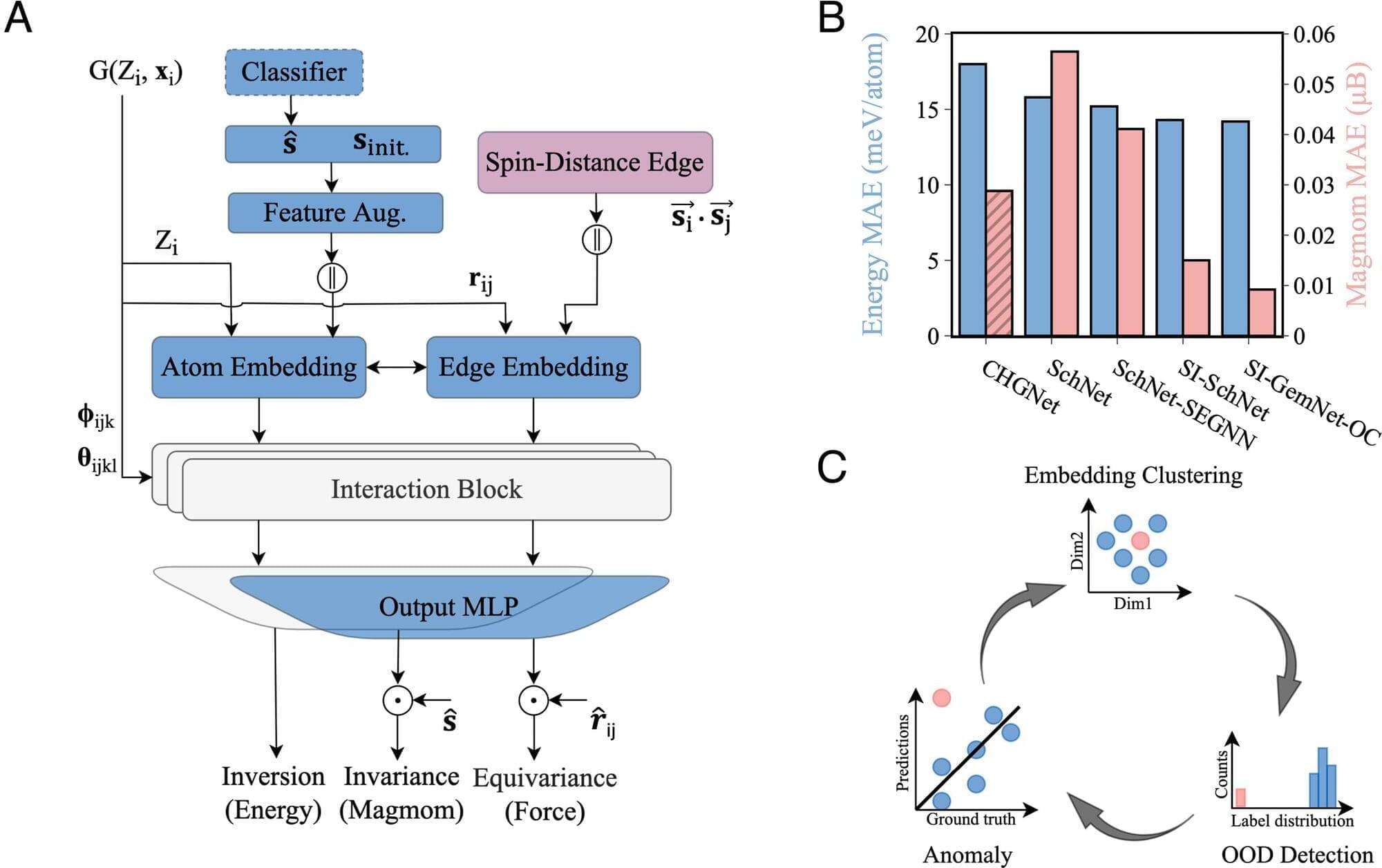
Magnetic materials are in high demand. They’re essential to the energy storage innovations on which electrification depends and to the robotics systems powering automation. They’re also inside more familiar products, from consumer electronics to magnetic resonance imaging (MRI) machines.
Current sources and supply chains won’t be able to keep up as demand continues to grow. We need to design new magnetic materials, and quickly.
A collaboration between Carnegie Mellon University, Lawrence Berkeley National Laboratory, and the Fritz-Haber-Institut der Max-Planck-Gesellschaft is broadening capabilities to screen potential new materials with machine learning models.

Light sometimes appears to be “dragged” by the motion of the medium through which it is traveling. This phenomenon, referred to as “light dragging,” is typically imperceptible when light is traveling in most widely available materials, as the movement is significantly slower than the speed of light. So far, it has thus proved difficult to observe in experimental settings.
Researchers at the University of Toulouse, University of California-Los Angeles (UCLA), University of Paris-Saclay and Princeton University recently observed a specific type of light dragging known as image rotation in a plasma-based system.
Their observation, outlined in a paper published in Physical Review Letters, was made using magnetohydrodynamic (MHD) waves that propagate in a magnetized plasma, known as Alfvén waves.
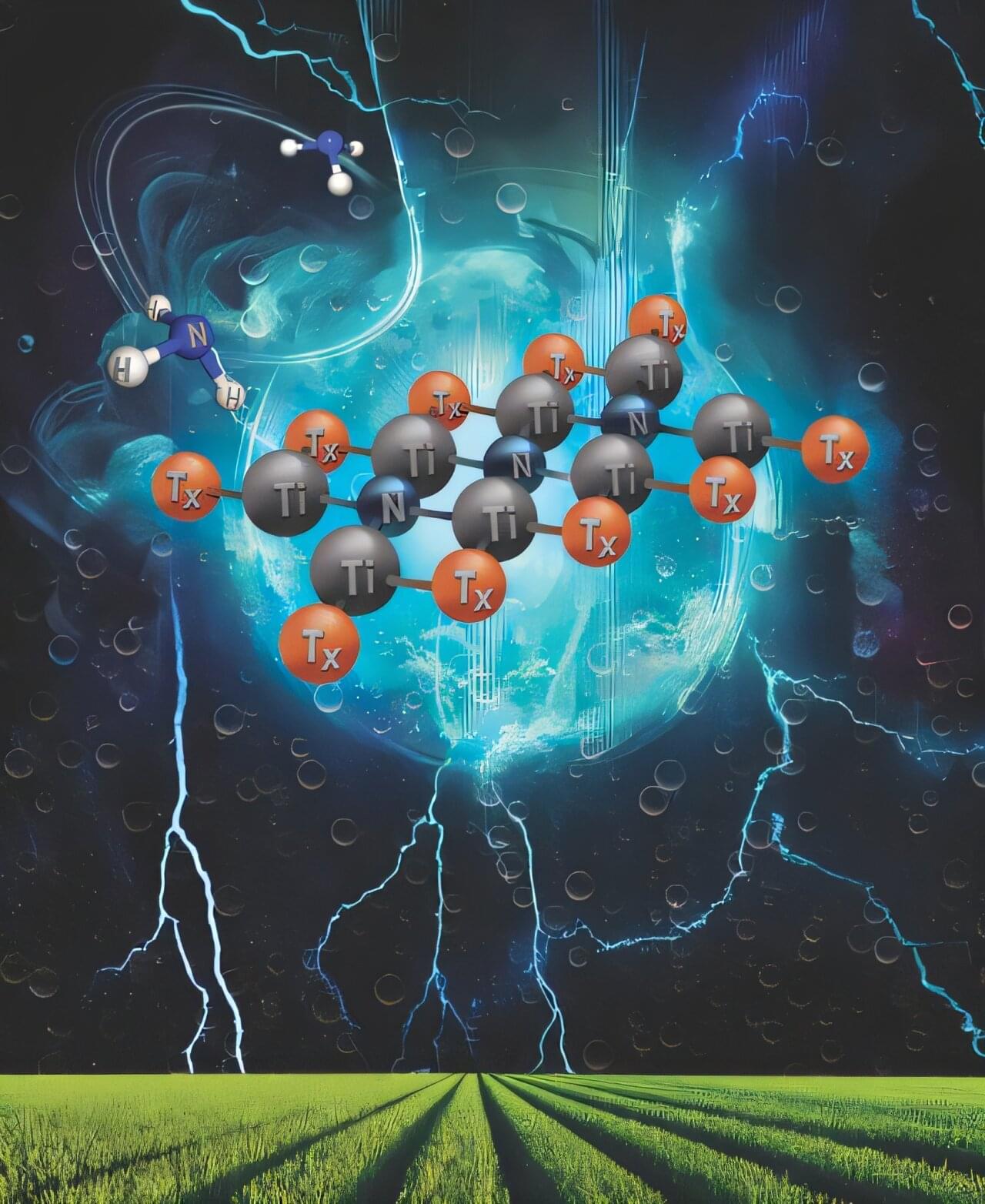
In a hunt for more sustainable technologies, researchers are looking further into enabling two-dimensional materials in renewable energy that could lead to sustainable production of chemicals such as ammonia, which is used in fertilizer.
This next generation of low-dimensional materials, called MXenes, catalyzes the production of air into ammonia for foods and transportation for high-efficiency energy fertilizers.
MXenes has a wide range of possibilities that allow for highly flexible chemical compositions, offering significant control over their properties.
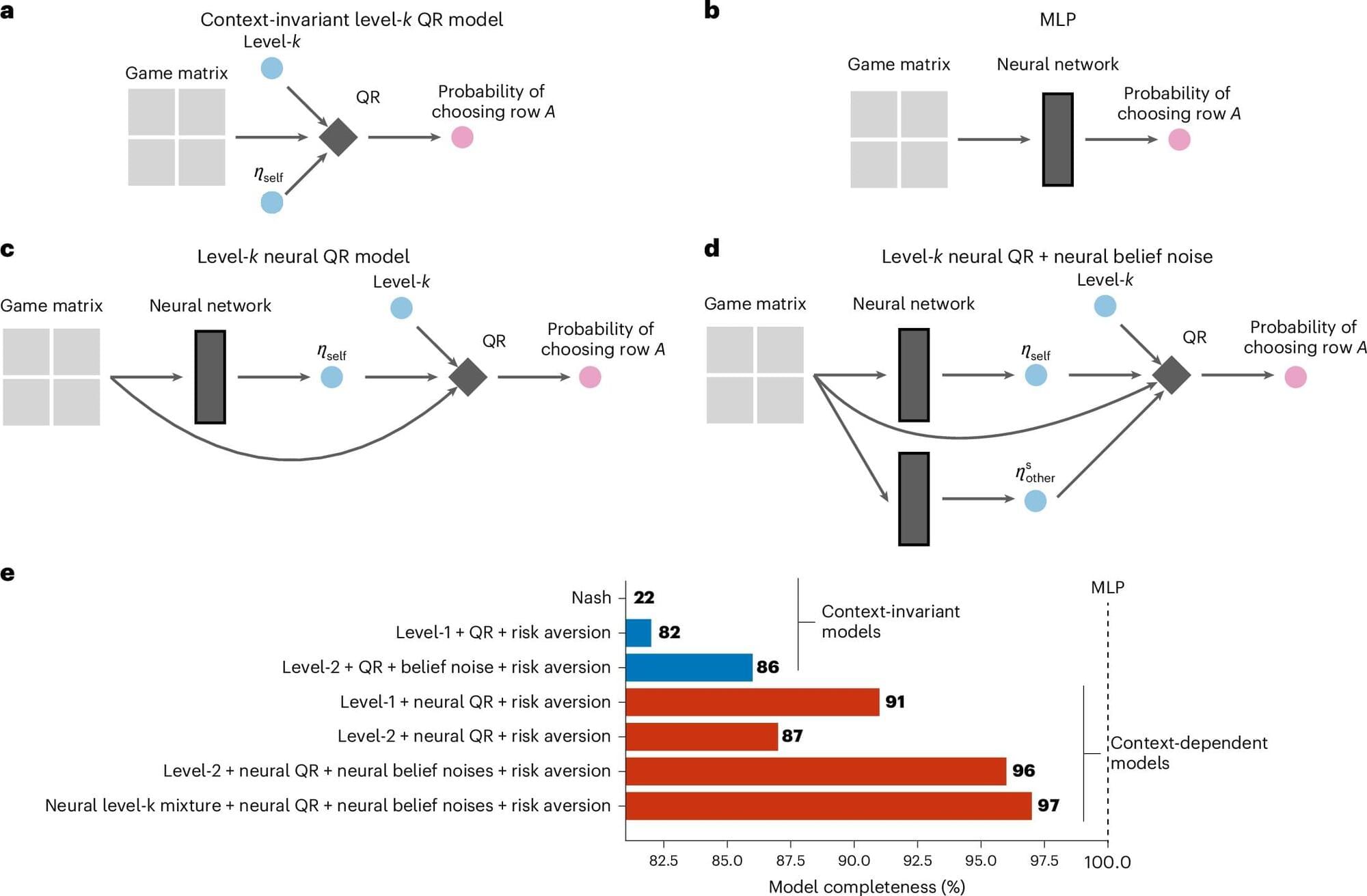
Throughout their everyday lives, humans are typically required to make a wide range of decisions, which can impact their well-being, health, social connections, and finances. Understanding the human decision-making processes is a key objective of many behavioral science studies, as this could in turn help to devise interventions aimed at encouraging people to make better choices.
Researchers at Princeton University, Boston University and other institutes used machine learning to predict the strategic decisions of humans in various games. Their paper, published in Nature Human Behavior, shows that a deep neural network trained on human decisions could predict the strategic choices of players with high levels of accuracy.
“Our main motivation is to use modern computational tools to uncover the cognitive mechanisms that drive how people behave in strategic situations,” Jian-Qiao Zhu, first author of the paper, told Phys.org.
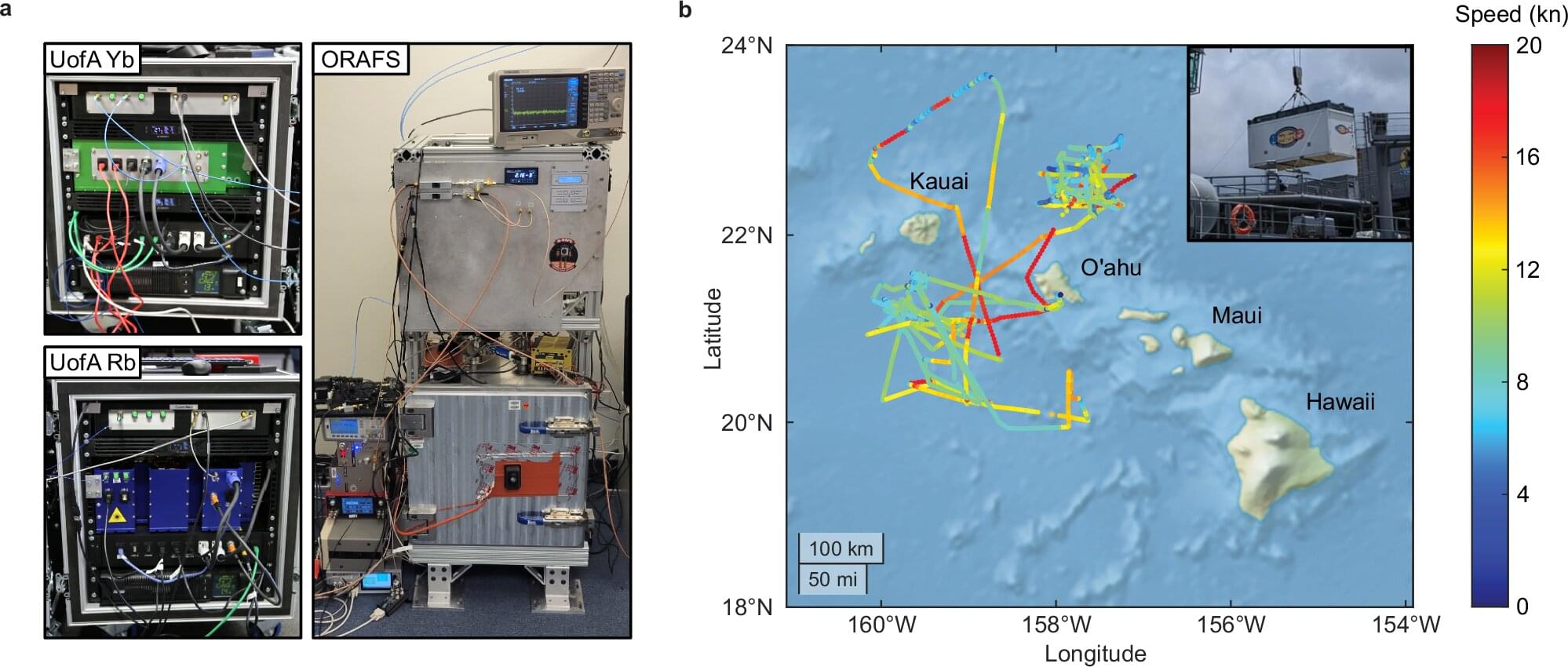
Optical quantum clocks developed at the University of Adelaide have been proven to outperform GPS navigation systems by many orders of magnitude. The clocks, which were put through their paces in naval exercises, were designed to be robust enough to withstand being rocked by waves while they are on ships.
Previous versions of clocks that operate at this level of accuracy are not portable, as they require large amounts of lab space and are too sensitive to motion and changes in temperature.
The clocks were developed by a team led by the University of Adelaide’s Professor Andre Luiten, Chief Innovator and Chair of Experimental Physics at the Institute of Photonics and Advanced Sensing (IPAS), in partnership with colleagues at the Defense Science and Technology Group (DSTG).
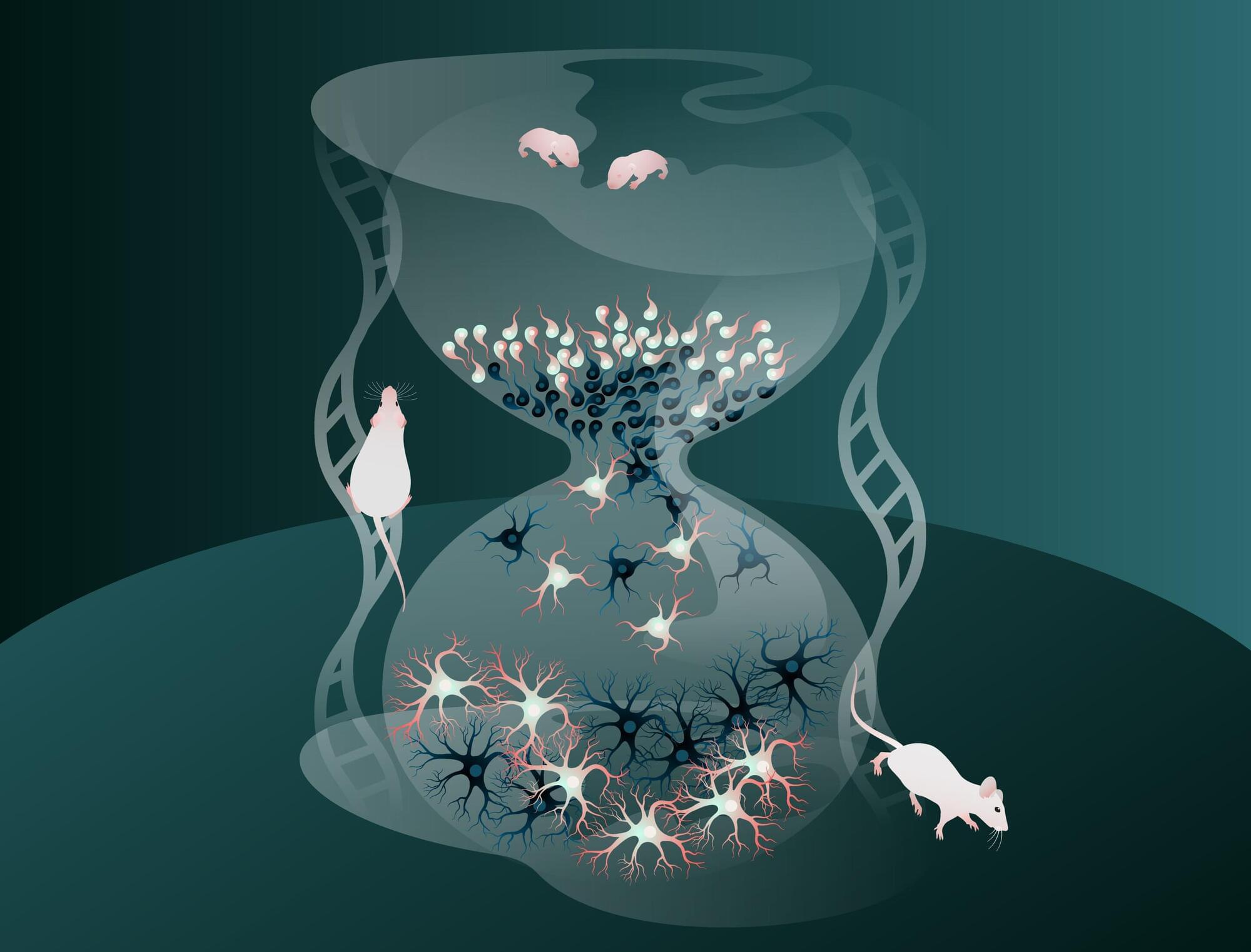
The human brain is made up of billions of nerve cells (neurons) that communicate with each other in vast, interconnected networks. For the brain to function reliably, there must be a fine balance between two types of signals: Excitatory neurons that pass on information and increase activity, and inhibitory neurons that limit activity and prevent other neurons from becoming too active or firing out of control. This balance between excitation and inhibition is essential for a healthy, stable brain.
Inhibitory neurons are generated during brain development through the division of progenitor cells—immature cells not yet specialized but already on the path to becoming neurons. A new study, led by researchers at the Max Planck Institute for Biological Intelligence, has uncovered a surprising feature of brain development based on findings in mice: During this essential process, cells born later in development mature much more quickly than those produced earlier.
The findings are published in the journal Nature Neuroscience.

ChatGPT works by analyzing vast amounts of text, identifying patterns and synthesizing them to generate responses to users’ prompts. Color metaphors like “feeling blue” and “seeing red” are commonplace throughout the English language, and therefore comprise part of the dataset on which ChatGPT is trained.
But while ChatGPT has “read” billions of words about what it might mean to feel blue or see red, it has never actually seen a blue sky or a red apple in the ways that humans have. This begs the questions: Do embodied experiences—the capacity of the human visual system to perceive color—allow people to understand colorful language beyond the textual ways ChatGPT does? Or is language alone, for both AI and humans, sufficient to understand color metaphors?
New results from a study published in Cognitive Science led by Professor Lisa Aziz-Zadeh and a team of university and industry researchers offer some insights into those questions, and raise even more.